6 Key Dates of the Falklands War
Argentine Invasion (2 April)
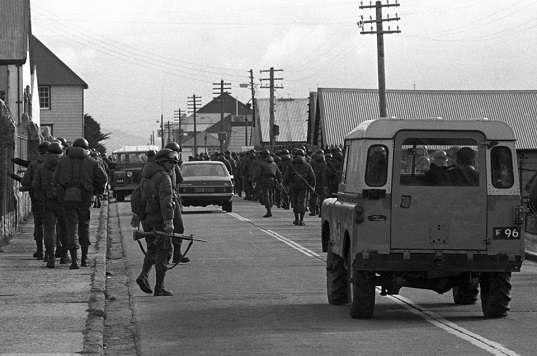
After a breakdown of diplomatic relations between Argentina and the United Kingdom. Tensions grew on March 19 when a group of Argentine metal scrap workers landed on the British dependence of South Georgia and raised the Argentine Flag. Shortly afterward on April 2, Leopoldo Galtier ordered the invasion and occupation of the Falkland Islands. Shortly thereafter the Argentines also occupied South Georgia and the South Sandwich Islands.
British Task Force Set Sail (5 April)
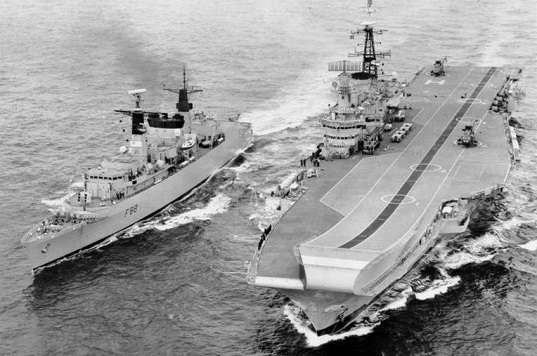
The British were quick to organize diplomatic pressure against Argentina and due to the great distance between the Falklands and the United Kingdom they relied on a naval task force. They had no hesitation in mobilizing an armed task force. On April 2 three nuclear-powered submarines had already been dispatched, while the main force, which centered on the aircraft carriers HMS Hermes and HMS Invincible and consisted of over 100 other ships set sail on April 5. It would take nearly three weeks for the ships to reach the South Atlantic.
British Troops Re-take South Georgia (25 April)
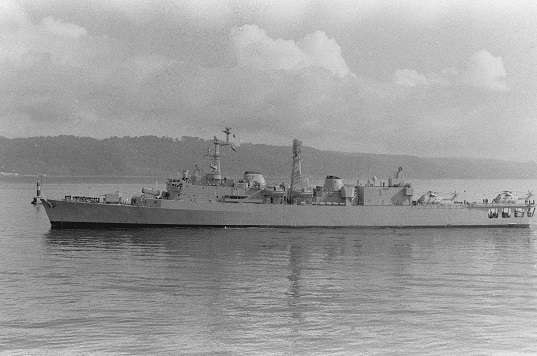
On April 21 HMS Antrim, a country-class destroyer arrived at the coast of South Georgia and began reconnaissance. When the Argentine submarine ARA Santa Fe (balao-class) was detected it was immediately attacked. After the submarine took considerable damage it retreated to base. Following on April 25, the Royal Marines, the Special Boat Service (SBS), and Special Air Service (SAS) forces landed in South Georgia and retook control of the garrison without a single shot being fired.
British Troops Land at San Carlos (21 May)
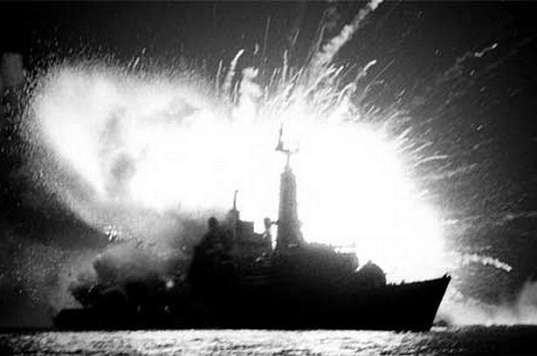
During the night of May 21, the British carried out an ambitious landing of 4000 troops at San Carlos. The intensity of Argentine airstrikes on the area from that time on was such that the British nicknamed it Bomb Alley. During their attacks four British ships were sunk, frigates HMS Ardent and HMS Antelope, the destroyer HMS Coventry and the Atlantic Conveyor merchant ship. During the attacks, the Argentines lost twenty-one planes. The battle lasted until May 25. News of the ship losses added political pressure for the British military.
Battle for Darwin and Goose Green (28 May)
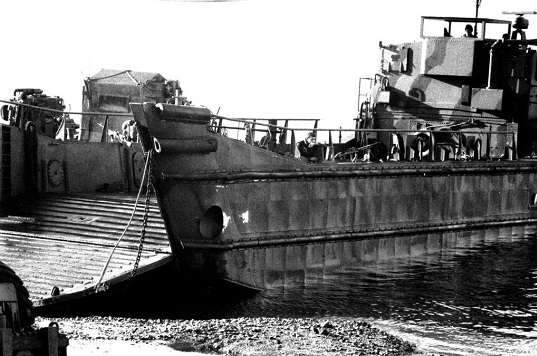
On the morning of May 27, British paratroopers attacked the Argentine base at Goose Green and Darwin. The airfield at Goose Green was defended by the largest concentration of Argentine infantry outside of the island's capital, Stanley. This battle is the longest and hardest of the Falklands conflict. After two days and a night of intense fighting, Goose Green was captured by the British on May 28. After regaining control of Goose Green the British army could begin to advance towards port Stanley.
Stanley Liberated (14 June)
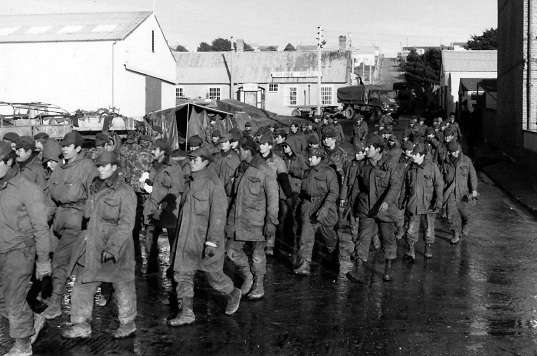
After the landings in San Carlos and Goose Green, British forces launched the final assault on Port Stanley. On the night of June 11, the final attack was launched. The British forces simultaneously attacked three high-ground areas surrounding port Stanley. After a night of fighting these hills were in the hands of the British. On the night of June 13, the second phase of the assault was against Argentine positions at Wireless Ridge and Mount Tumbledown. On June 14 with a collapse in Argentine resistance, the 2nd Para entered port Stanley where a cease-fire was declared and the Argentine forces surrendered.
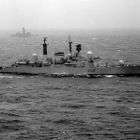
List of 6 British Ships Sunk During the Falklands War
Six British ships (and one LCU craft) were sunk during the Falklands War.